When paleontologists announce the discovery of a new dinosaur species, it represents the culmination of extensive scientific detective work. Identifying, naming, and classifying a new dinosaur species involves meticulous research, comparative analysis, and collaboration among experts worldwide. From the moment unusual bones emerge from ancient rock layers to the formal introduction of a new prehistoric creature to science, paleontologists follow rigorous protocols that combine traditional techniques with cutting-edge technology. This article explores the fascinating journey of how scientists determine when they’ve found something truly new in the fossil record.
The Initial Discovery

The identification of a new dinosaur species typically begins with fieldwork, when paleontologists or even amateur fossil hunters uncover bones that don’t quite match known specimens. These discoveries can happen during planned expeditions to fossil-rich regions or completely by accident during construction projects, mining operations, or erosion of hillsides after rainstorms. When potentially significant fossils are located, scientists carefully document the discovery site with photographs, GPS coordinates, and notes about the geological context. The surrounding rock layers provide crucial information about the specimen’s age and the environmental conditions during which the animal lived. Excavation proceeds with extreme caution, as the fossils must be protected from damage during removal from the ground, often using plaster field jackets to encase and protect the specimens for transport to a laboratory.
Fossil Preparation
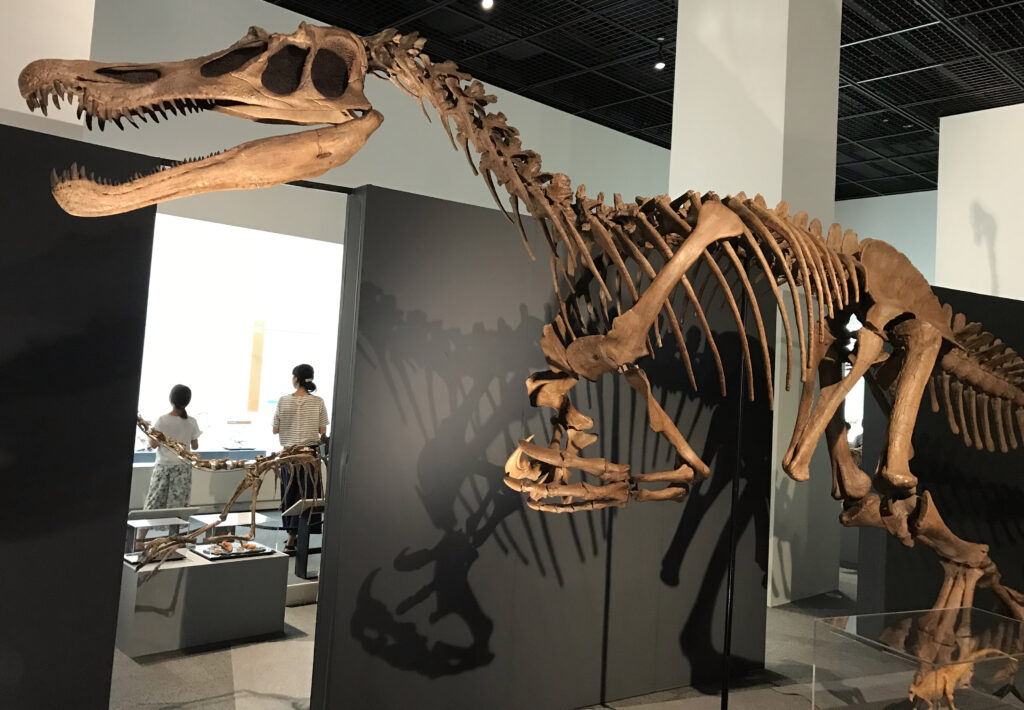
Before any scientific analysis can begin, the fossils undergo meticulous preparation in specialized laboratories. Laboratory technicians use a variety of tools, ranging from dental picks and airscribes to microscopes and chemical treatments, to carefully remove the surrounding rock matrix without damaging the precious fossil material. This preparation phase can take months or even years for complex specimens, demanding enormous patience and steady hands. The goal is to expose as much of the fossil as possible while preserving its integrity and any important features that might help with identification. For particularly delicate specimens, CT scanning might be employed before preparation to create a three-dimensional model that guides the preparation work. Throughout this process, detailed documentation continues, with photographs and notes recording each step to ensure scientific transparency.
Anatomical Analysis

Once prepared, paleontologists begin the detailed study of the fossil’s anatomical features. They examine bone structure, proportions, surface textures, and distinctive features such as crests, teeth, or armor plates. This analysis requires deep knowledge of comparative anatomy and familiarity with the known characteristics of previously discovered dinosaur species. Scientists look for unique combinations of features that might indicate a new species. They measure hundreds of different aspects of each bone and document unusual anatomical details. Modern technology allows for incredibly precise measurements and three-dimensional modeling that can reveal subtle differences invisible to the naked eye. This anatomical work forms the foundation of any claim about a new species, as the formal description must demonstrate how the specimen differs from its closest known relatives.
Comparative Research
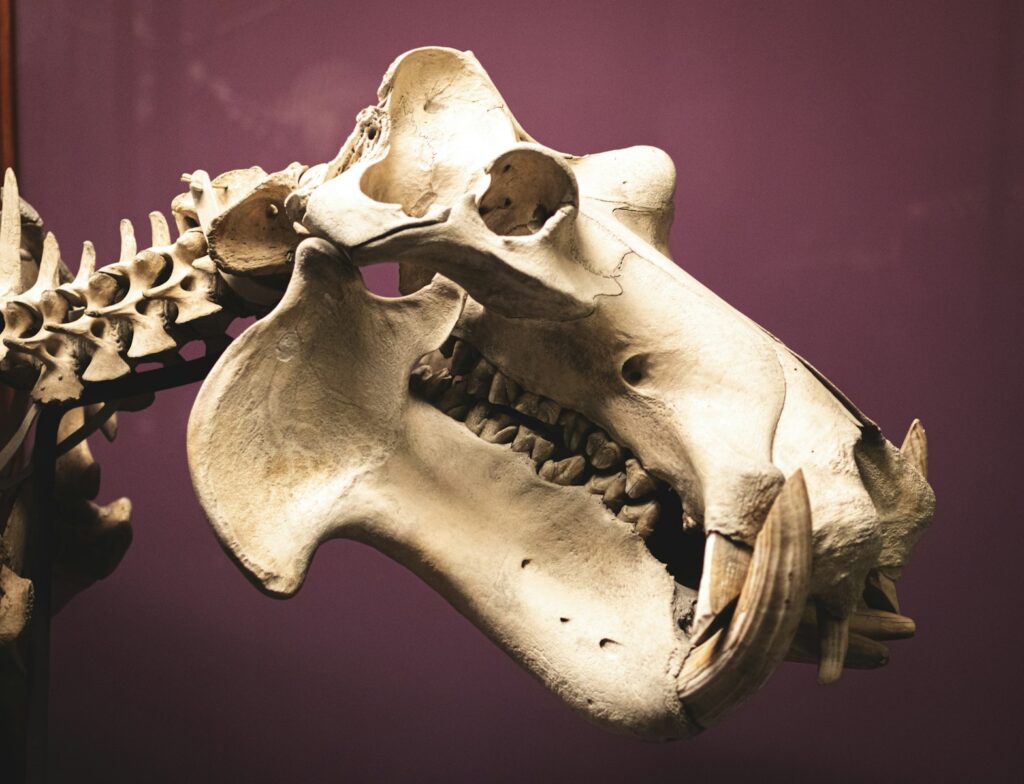
No dinosaur exists in isolation – each species belongs to an evolutionary lineage and shares characteristics with related forms. To determine whether a specimen represents a new species, paleontologists must conduct exhaustive comparative research with known dinosaur species. This often involves visiting museum collections around the world to examine first-hand the fossils of similar dinosaurs. When physical visits aren’t possible, researchers rely on detailed publications, photographs, and increasingly, digital 3D models shared between institutions. The comparative process requires checking against both closely related species and more distant relatives to ensure the differences observed aren’t simply variations within an existing species. Scientists must rule out alternative explanations for morphological differences, such as age-related changes, sexual dimorphism, or individual variation. Only when the specimen demonstrates consistent, significant differences from all known species does the case for a new dinosaur begin to solidify.
Phylogenetic Analysis

Modern paleontology relies heavily on phylogenetic analysis – the science of determining evolutionary relationships between organisms. To place a potential new species in its proper evolutionary context, researchers create complex data matrices coding hundreds of anatomical characteristics across many related species. These matrices are analyzed using specialized software implementing evolutionary models to generate family trees (cladograms) showing the most likely relationships between species. This analysis helps determine whether the new specimen represents a previously unknown branch on the dinosaur family tree. If the specimen consistently falls outside existing species groups in these analyses, it strengthens the case for a new species designation. Phylogenetic analysis also helps scientists understand how the new dinosaur relates to its closest relatives and what its discovery tells us about dinosaur evolution more broadly.
Age Determination

Establishing the geological age of a fossil specimen provides crucial context for its identification as a new species. Paleontologists work with geologists to date the rock layers from which the fossils were excavated, using techniques such as radiometric dating of volcanic ash layers, biostratigraphy (using known fossils to date rock layers), and magnetostratigraphy (measuring magnetic signatures in rocks). Accurate dating helps determine whether the specimen could reasonably represent a new species rather than a previously known dinosaur from a different period. The temporal context is especially important because some anatomical differences might be explained by evolutionary change over time within a single lineage rather than representing a distinct species. If a specimen shows unique features and comes from a period or geographic region with few known dinosaur fossils, this temporal gap strengthens the case for a new species identification.
Geographic Considerations

The location where a fossil is discovered provides important clues about whether it represents a new species. Continental drift, mountain formation, sea level changes, and other geographical barriers have influenced dinosaur evolution by isolating populations and allowing them to develop unique characteristics. When a fossil is found in a region far from where similar dinosaurs have been discovered, or on what was once a different continent, paleontologists consider whether geographical isolation might explain the anatomical differences they observe. The growing fossil record continues to demonstrate that many dinosaur groups evolved distinct species on different continents or even in different regions of the same landmass. Geographic factors can therefore help support the case for a new species, especially when combined with anatomical differences and temporal separation from similar dinosaurs.
Advanced Imaging Techniques
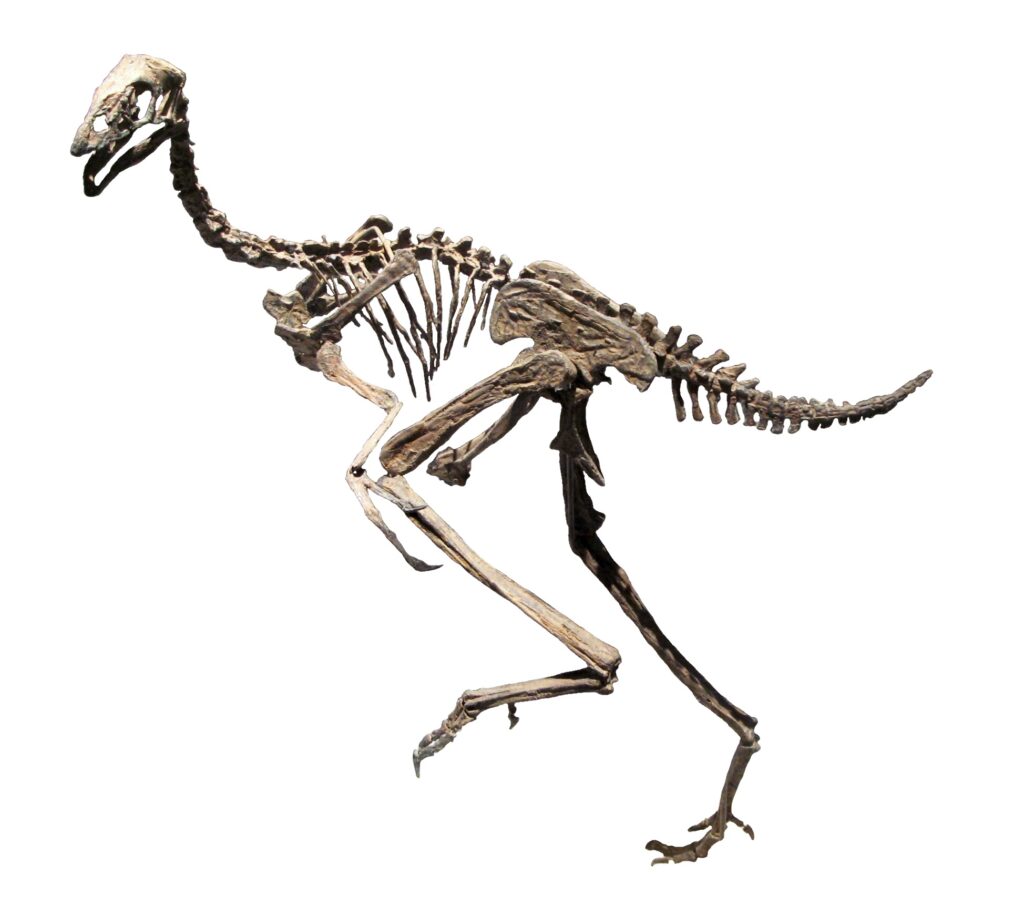
Modern paleontologists have access to sophisticated imaging technologies that their predecessors could only dream about. Computed tomography (CT) scanning allows scientists to see inside fossils without damaging them, revealing internal structures like brain cases, sinuses, and inner ear canals that can provide distinctive characteristics for species identification. Synchrotron imaging uses powerful X-rays to create even more detailed images of fossil microstructure and composition. Laser surface scanning creates precise three-dimensional digital models that can be manipulated, measured, and shared between researchers around the world. These advanced techniques often reveal subtle anatomical differences invisible to earlier generations of paleontologists, helping to distinguish new species that might previously have been lumped together with known forms. The ability to precisely quantify shape differences using geometric morphometrics (the statistical analysis of form) has revolutionized how species boundaries are determined in paleontology.
Histological Analysis
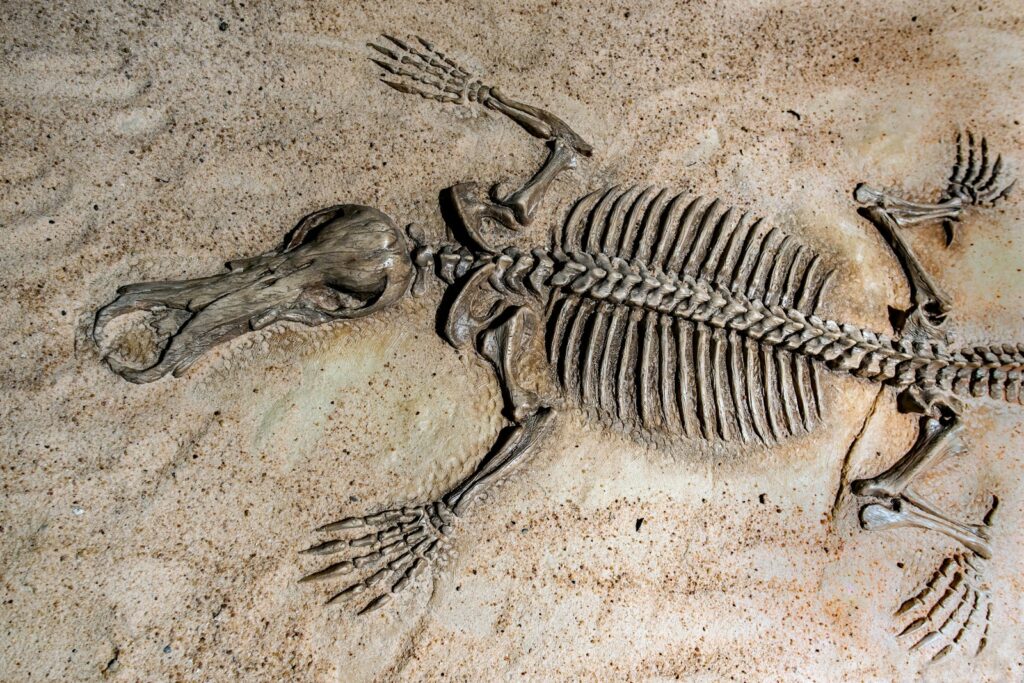
Sometimes, the microscopic structure of fossilized bone can provide crucial evidence for identifying a new dinosaur species. By creating thin sections of fossil bone and examining them under a microscope, paleontologists can analyze growth patterns, cell structure, and vascularization that might distinguish one species from another. This technique, called histology, requires sacrificing small portions of fossils but yields information impossible to obtain through other methods. Growth rings in bones, similar to tree rings, can reveal a dinosaur’s age and growth rate, which sometimes differ significantly between species. Bone microstructure can also indicate physiological adaptations to different environments or lifestyles. These microscopic differences occasionally provide the definitive evidence needed to establish a new species, particularly when external anatomy alone isn’t conclusive enough to separate closely related forms.
Scientific Peer Review

Before a new dinosaur species can be officially recognized by the scientific community, it must survive the rigorous process of peer review. Paleontologists prepare detailed manuscripts describing the fossil material, anatomical features, comparative analyses, and justification for the new species designation. These manuscripts are submitted to scientific journals, where editors send them to experts in dinosaur paleontology for anonymous review. The reviewers scrutinize every aspect of the research, checking for methodological flaws, alternative interpretations, and whether the evidence truly supports the claim of a new species. This process often involves multiple rounds of critique and revision, sometimes extending over several years for particularly significant or controversial findings. Many potential new species never make it through this gauntlet, as reviewers may conclude the differences observed aren’t sufficient to warrant a new species designation. Only after satisfying these expert critics can a new dinosaur species be officially published and enter the scientific literature.
Naming Conventions

Once the evidence confirms a new dinosaur species, paleontologists face the significant responsibility of giving it a scientific name. Following the rules of the International Code of Zoological Nomenclature, each new species receives a binomial name consisting of a genus and species designation, always in Latin or Latinized form. The naming process allows scientists considerable creative freedom, with many dinosaurs named after their distinctive features (Triceratops means “three-horned face”), geographic origin (Albertosaurus was found in Alberta), or to honor individuals (Atlascopcosaurus honors the Atlas Copco company that provided equipment for the dig). The formal naming publication must include a detailed description of the holotype specimen (the specific fossil that serves as the name-bearer for the species) and its distinctive characteristics. This scientific name becomes the official identifier for the species in all future research, making the naming both a scientific necessity and a chance to create a memorable identity for the new dinosaur.
Reconstructing the Living Animal
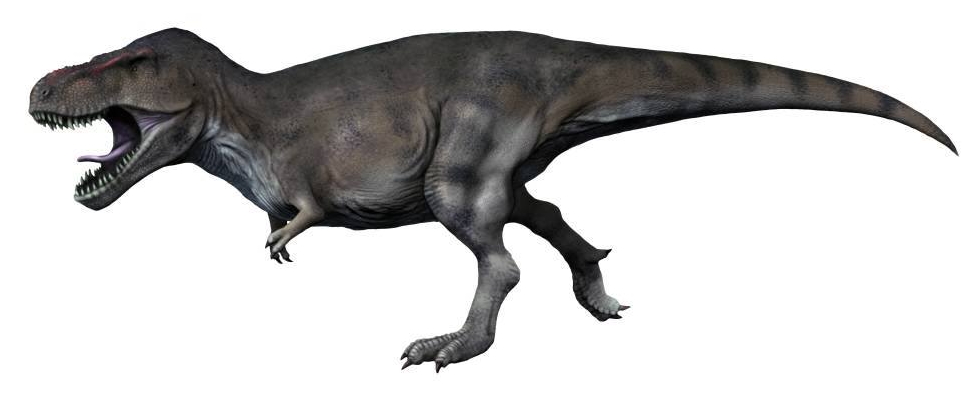
Identifying a new dinosaur species extends beyond classifying bones – it also involves reconstructing how the animal appeared and lived during its lifetime. Paleontologists work with paleoartists to create scientifically informed illustrations or models that bring the new species to life based on the available fossil evidence. These reconstructions integrate knowledge about muscle attachment points on bones, comparisons with modern animals, and environmental context from the fossil site. For many new dinosaur species, the fossil record is incomplete, requiring careful inferences about missing body parts based on related species. Scientists must determine plausible coloration patterns, soft tissue structures, and posture, always clearly distinguishing between direct evidence and reasonable speculation. These reconstructions are continuously refined as new fossil discoveries and scientific techniques provide additional information. The ability to visualize a new dinosaur species as a once-living animal helps both scientists and the public understand its significance in Earth’s evolutionary history.
Ongoing Validation and Revision

The identification of a new dinosaur species isn’t necessarily permanent or unchangeable. As more fossils are discovered and analytical techniques improve, scientists continuously reassess previously named species. Some dinosaurs originally described as new species are later recognized as juvenile forms, different sexes, or individual variations of already-known species. Conversely, specimens once grouped are sometimes split into multiple species as subtle differences become better understood. This scientific self-correction is a normal and healthy part of paleontology. The dinosaur family tree undergoes constant revision as new evidence emerges and competing hypotheses are tested. Some particularly controversial specimens may be debated for decades before consensus emerges about their proper classification. Far from indicating weakness in the scientific process, this ongoing refinement demonstrates the self-correcting nature of science and the commitment to accuracy that drives paleontological research forward.
Conclusion
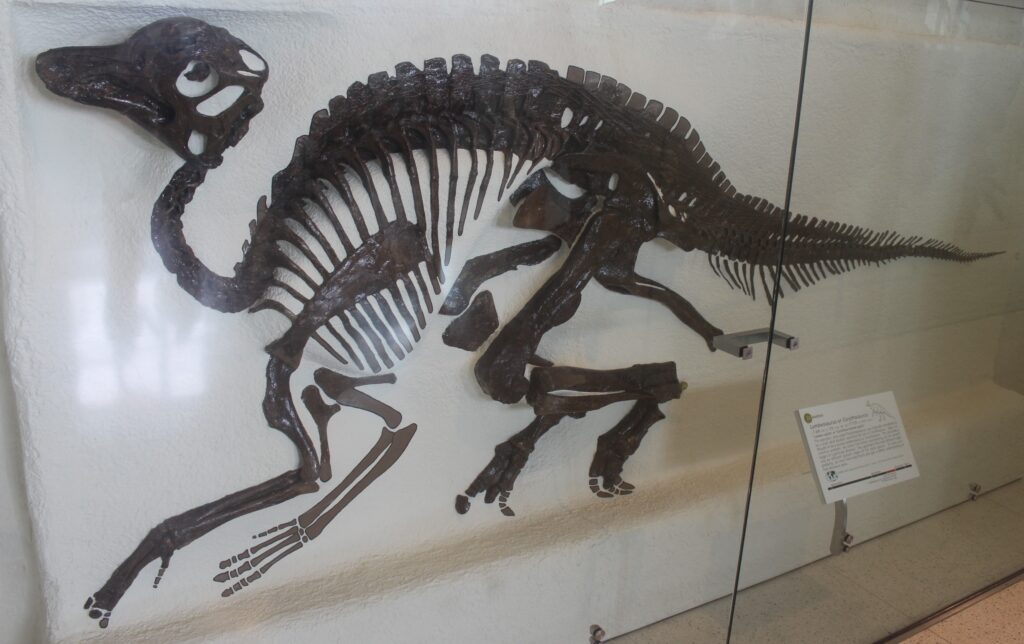
The identification of a new dinosaur species represents one of paleontology’s most significant scientific achievements. It requires a perfect storm of discovery, meticulous analysis, and technological application, combined with extensive knowledge of existing species. From the moment unusual bones emerge from ancient rock to the formal introduction of a new prehistoric creature to the scientific community, the process demands extraordinary patience, expertise, and collaborative effort. Each new species adds another piece to our understanding of Earth’s evolutionary history, sometimes confirming existing theories and sometimes challenging them in unexpected ways. As technology advances and more regions of the world are explored paleontologically, the pace of new dinosaur discoveries continues to accelerate, promising even more insights into these fascinating creatures that dominated our planet for over 160 million years.




